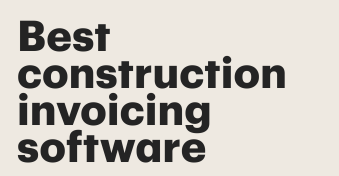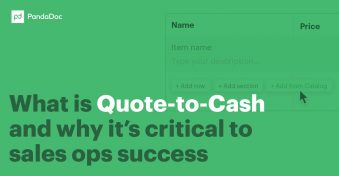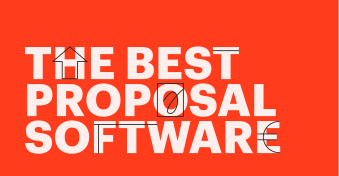Are you wondering how to price your new product on the market?
After all, the price of a product plays an important role in whether people want to purchase it or not.
Here’s why the answer might lie in price skimming.
Key takeaways
- Price skimming is pricing a new product highly and steadily lowering the price as competitors emerge.
- The tactic has limits. Price skimming is usually only effective on initial releases and is less effective for follow-up products.
- Price skimming is the opposite of price penetration. With price penetration, you undercut competitors by offering a lower price.
- The tactic can have many benefits and increase profits, but it’s also risky. By pricing too highly, you could alienate customers.
What is price skimming?
Let’s look at the meaning of price skimming. It’s when a brand prices its new product highly upon release.
As competitors begin to arrive, a form of price negotiation begins.
The brand will begin gradually lowering its price until it finds a price acceptable to buyers.
Brands across the globe have successfully adopted price-skimming strategies.
A major example is Apple; the company set a high price point when the iPhone dropped.
As increasingly competing smartphones arrived, the company switched to a more competitive pricing structure.
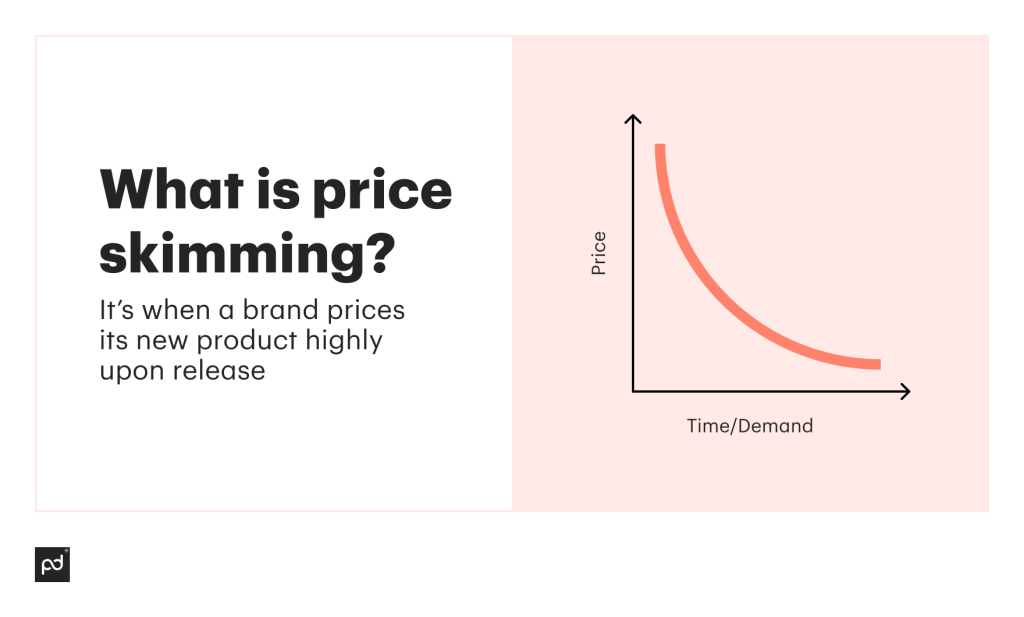
How does price skimming work?
To illustrate price skimming, let’s picture an imaginary scenario.
Your company invents a groundbreaking virtual reality product. While there are other VR products available, none have the same capabilities.
This means there is very little competition in the market. Essentially, you have free rein on pricing.
By price skimming, brands have:
- Increased profits
- Established authority in markets
- Improved their price and marketing strategies
- Attracted new audiences
As other brands see the success of your product, they begin to create their own versions.
Many use cheaper parts and produce a lower-priced offering. To remain competitive, you lower the skimmed price.
A strong product is likely to remain profitable at a lower price.
Of course, brands have made mistakes. It’s worth noting less successful attempts before beginning your strategy.
The idea behind skim pricing strategy
Price skimming is a simple approach that, when done correctly, can reap big rewards. Essentially, it allows you to adopt a more adaptive approach.
By pricing highly, you can take advantage of a quiet market, but you also ensure you’re not caught out when competitors arrive.
Price skimming limits
Does the concept of price skimming sound appealing to you? Before you get too carried away and start preparing your sales contracts, bear in mind that there are some limitations.
So, it’s important to remember the following points when you adopt a price-skimming strategy.
A one-time strategy
Price skimming probably won’t work as effectively on any follow-up products. Upon initial release, you have the advantage of your product’s uniqueness.
There’s a shiny new item on the market, and shoppers are willing to pay more to obtain it.
When you release a follow-up product, that uniqueness is usually gone.
Unless the successor is groundbreaking, customers won’t be as willing to spend as much.
Longevity
Price skimming shouldn’t be a long-term strategy. In the short term, it will allow you to take advantage of an uncrowded market and get the maximum revenue.
But the longer you keep prices high, the more likely you’ll alienate buyers. You could miss the mark and reduce the price too late.
By this point, buyers might already have decided about you and shop with competitors instead.
What is the difference between price skimming vs penetration pricing?
Penetration pricing is the opposite of price skimming. Instead of entering the market at a high price, you attach a lower price tag to your product.
We’ve included the table below to illustrate the differences in more detail.
| Price skimming | Penetration pricing | |
|---|---|---|
| Pricing | Sets a high initial price to maximize short-term earnings. | Sets a lower price to help establish a following for a new product. |
| Audience | Targets a smaller number of customers looking to invest in the latest innovation. | Targets a broad audience of customers by setting a competitive price tag. |
| Marketplace | Focuses on new markets where an organization has yet to establish a foothold. | Appropriate for markets where it is harder to break through. |
| Risk | Customers might abandon a brand when they increase their pricing. | Customers might leave a brand due to pricing mistakes. |
4 signs a price-skimming strategy is right for your business
Is a skimming price strategy for you?
While it might sound fantastic, it won’t work for everyone.
For the best possible chance of success in your price-skimming strategy, consider the following points:
- You have produced a new, innovative product: Is there any other product that is similar to yours? People will pay more for “the latest craze.”
- You have identified an uncrowded market: The quieter the market, the more freedom you have over pricing.
- People are willing to pay a higher price: Can you realistically expect customers to pay a higher price for your product? Remember, customers need to believe your product is worth its price tag.
- You have an inelastic demand curve: An inelastic demand curve is when demand for a product remains consistently strong over time. An inelastic product shouldn’t see interest peter out after launch.
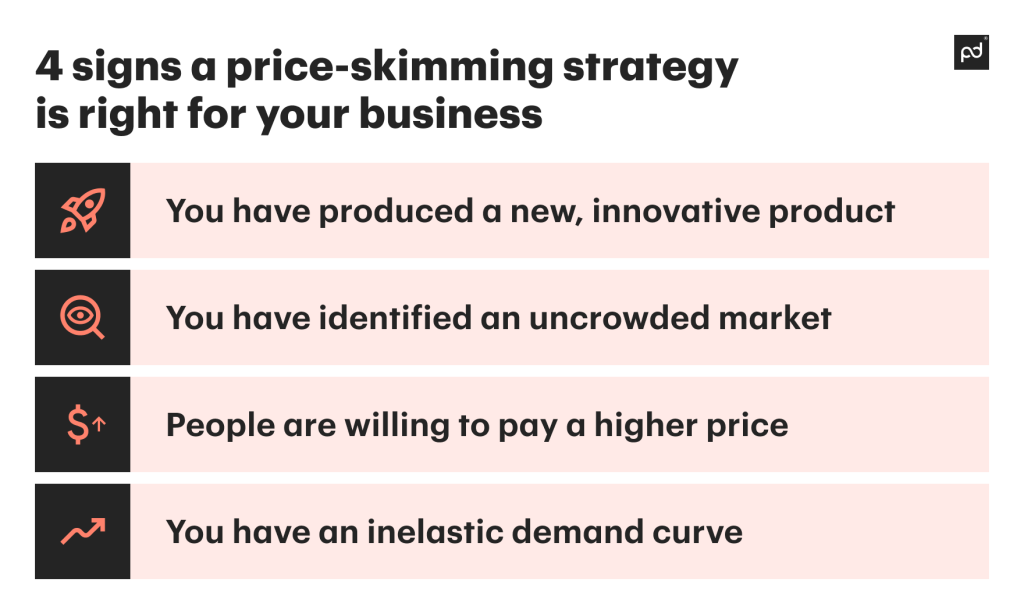
When should you use price skimming?
Treat the points above as a checklist. If you can tick each point, your product might be a prime candidate for price skimming.
Remember, for the highest chance of success, you must be able to answer “yes” to all the points.
Price skimming isn’t a “rinse and repeat” strategy. It succeeds thanks to uniqueness and innovation.
If you’re trying again with a follow-up product, you might not necessarily have the same success.
If, on the other hand, your follow-up is equally innovative, you might have further success with price skimming.
When shouldn’t you use price skimming?
Price skimming isn’t for everyone. Just because you think that your product is revolutionary and forward-thinking doesn’t mean the consumer will think the same thing.
It’s important to do a thorough evaluation of the market. Being different from competitors isn’t enough. Your product needs to stand out in a meaningful way.
Again, the quality of your product must also justify the price tag.
If an item is visibly cheap and highly-priced, you can’t expect many customers to invest in it.
Before setting any price tag, ask yourself, “Would I pay that price?” If the answer is “no,” you can bet a customer will think similarly.
Advantages and disadvantages of price skimming
As you can probably guess, price skimming has many advantages.
It’s not all plain sailing, though.
Below, we’ve created a table to show you all the advantages and disadvantages of price skimming.
| Advantages of price skimming | Disadvantages of price skimming |
|---|---|
| The chance to set the rules in a new market. | An ineffective tactic in crowded markets. |
| Generate demand with a “must-have” product. | Competitors will attempt to undercut you and steal your audience. |
| The ability to generate high amounts of revenue. | Customers might think you’re taking advantage of them due to a skimming price that is too high. |
| Can incentivize retailers with higher profit margins. | Won’t work if you have elastic demand. |
Most common price skimming examples
As mentioned, price skimming is a tried-and-tested approach.
It’s been utilized by brands of many different shapes and sizes (with varying levels of success). Let’s look at some examples of price skimming.
- SLA Printer: The first 3D printer was released in 1987. As no other product of its kind existed, its creator charged a high price of $300,000. Since then, competitors have emerged, and materials have become cheaper. Today, you can purchase a 3D printer for as little as $140.
- Sony PlayStation 5: Sony enjoys strong brand loyalty and has been able to introduce significant technological advances to new iterations of its PlayStation range. This has enabled the company to use price skimming on new versions successfully. In November 2020, the PS5 was launched at $499. Twelve months later Sony lowered the price by $67 to $432.
- Nike Sportswear: Many clothing brands use price skimming to good effect. Nike has often employed a strategy of charging a premium price for 3-6 months after the launch of a premium product such as the Air Force 1 trainer. The price is gradually lowered to remain competitive as competitors release new products.
- Apple Vision Pro: In 2024, Apple released its groundbreaking VR technology. With features such as a 3D camera, spatial audio, and revolutionary AR technology, the product is miles ahead of any other VR options on the market.
Thanks to that, Apple has been able to charge an equally impressive price, starting at $3,500.
While there are currently no competitors, you can bet that this price will reduce as newer and cheaper alternatives arrive.
Sales management software leads your team to quota
When looking to establish your new product, price skimming might be the answer.
As we’ve explored today, the tactic has many advantages. You can rake in the profits while setting the rules in a new market.
Of course, price skimming isn’t without its challenges. You could come across as opportunistic, or customers might go to a cheaper competitor.
Sometimes, a fantastic strategy isn’t enough to get you across the line. The right tools are equally important. That’s where PandaDoc can help you.
Disclaimer
PandaDoc is not a law firm, or a substitute for an attorney or law firm. This page is not intended to and does not provide legal advice. Should you have legal questions on the validity of e-signatures or digital signatures and the enforceability thereof, please consult with an attorney or law firm. Use of PandaDoc services are governed by our Terms of Use and Privacy Policy.
